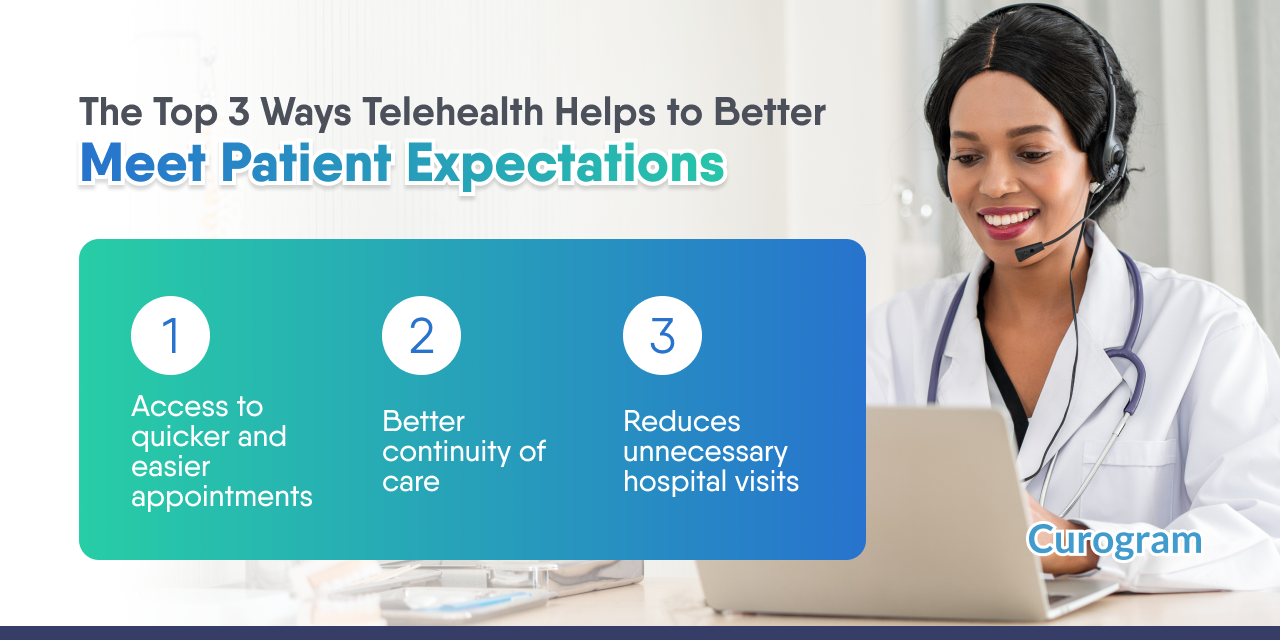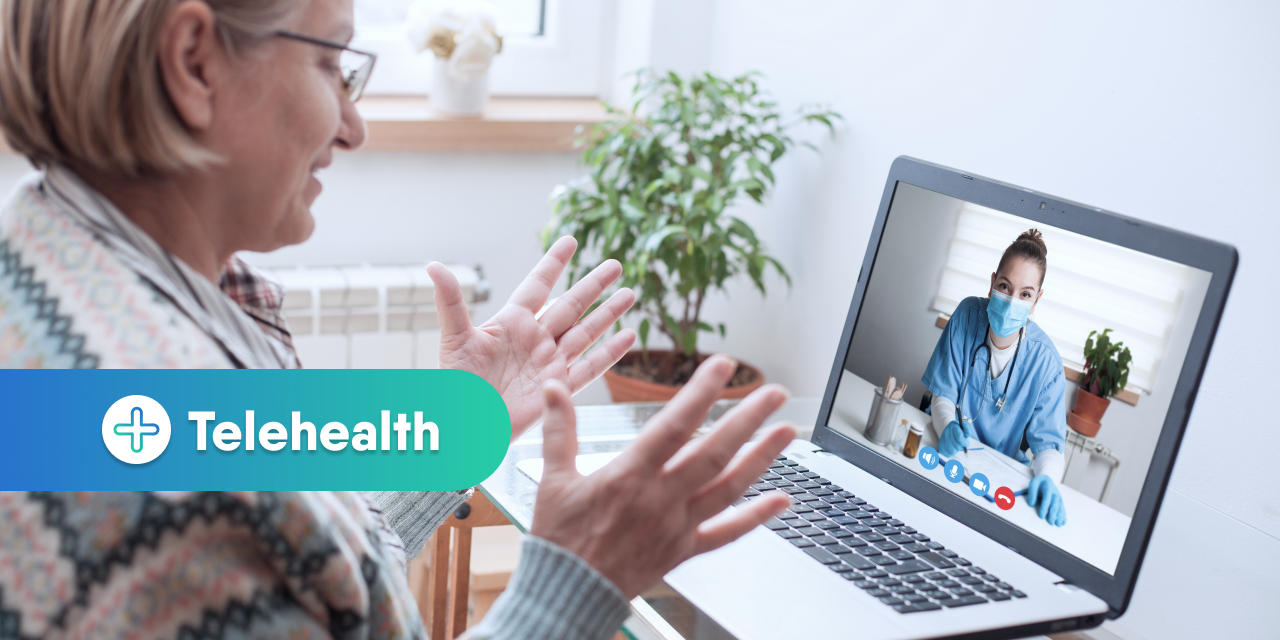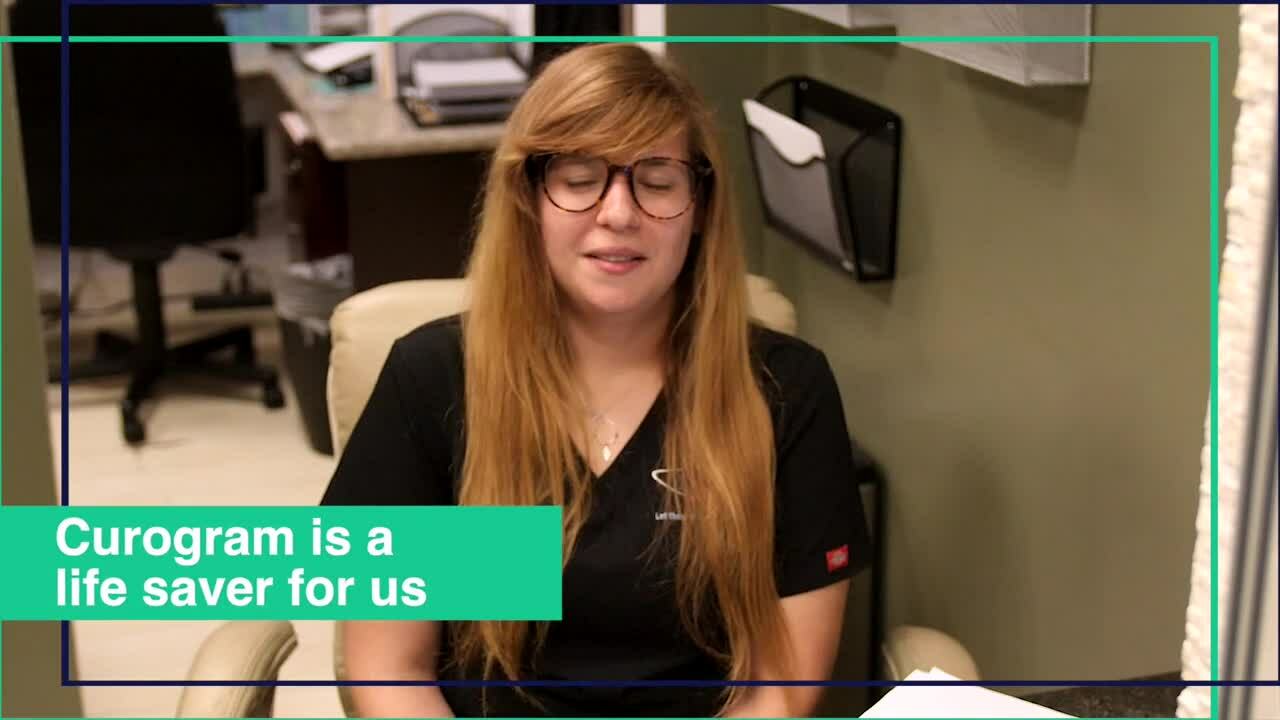As the structure of healthcare delivery evolves, patients’ expectations and experiences of receiving care also change. With the expansion of digital health trends, healthcare providers rely more on telehealth to keep up with increasing patient expectations.
Telehealth encompasses a wide range of technology from virtual visits to remote imaging transfers, expanding access to health services and improving continuity of care, leading to more satisfied and engaged patients. Here are the top 3 ways telehealth helps to meet patient expectations better
Access to Quicker and Easier Appointments
Many telehealth providers offer 24-hour access to all kinds of specialists during the day or night. This way, you can get in touch with experts in cases of emergencies without the need to rush down to the health center. This comes in handy, especially for people living in rural areas.
For people who live miles away from the nearest medical facility, telehealth provides a way to meet with a doctor quickly. It saves travel and booking time and allows people to stay off the road in unfavorable conditions, such as snowstorms or hailstorms.
With telehealth, you don’t have to drive to the clinic to sit for long hours in a waiting room when you’re sick. You can conveniently schedule an appointment and see your doctor from the comfort of your bed or sofa. Also, virtual visits are easier to fit into busy schedules. With telehealth, you may not need to take leave time from work or arrange for child care. This ensures that you keep all doctor appointments while having time for work and family.
Not having adequate health insurance is sometimes an obstacle to accessing primary healthcare, but that obstacle is removed with telehealth. Many telehealth providers offer cash-pay telemedicine services, which do not require health insurance or referrals. You can simply pay as you go.
Reduces Unnecessary Hospital Visits
Traditionally, most patients visit hospitals or clinics for standard medical procedures such as blood pressure and glucose readings. Through smart digital devices with sensors and activity trackers, providers can remotely monitor a patient’s weight, vital signs, blood pressure, blood sugar, blood oxygen, heart rate, etc.
Suppose a patient is recovering from an operation. In that case, providers may use a remote patient monitoring (RPM) device to track their recovery progress and ensure they get enough sleep, exercise, or maintain a balanced diet, leading to better health outcomes and patient satisfaction.
Patients may avoid unnecessary hospital or office trips for follow-up care or diagnosis through RPM devices; they can comfortably stay at home, focus on their recovery, and let physicians and nurses remotely monitor their health. That is beneficial for elderly patients with chronic diseases who may have difficulty traveling to a medical facility.
If the device notices something unusual that needs addressing promptly, the provider can easily use real-time audio and video technology to consult with the patient. In severe cases, providers may quickly request an ambulance to take the patient to the nearest facility for treatment.
Moreover, providers using an integrated Electric Health Record (EHR) telehealth platform can easily view a patient’s record for appropriate treatment recommendations and automate data entry and centralize documentation. Integrating EHR solutions enhances patient care and increases your practice’s interoperability.
Better Continuity of Care
Patients expect to communicate their medical concerns and receive replies from their healthcare providers without delay. Telehealth allows providers to expand their healthcare services with text messaging to meet such expectations.
Texting your patients allows you to answer their questions instantly. More importantly, integrating 2-way texting into your practice can provide your patients with further relevant information about their medical condition or treatment before or after an appointment.
Using text messaging outside a hospital or clinic appointment proves your commitment to maintaining connections and supporting your patients with their healthcare needs, satisfying their expectations as you display care, concern, and compassion for them.
How Curogram Helps Meet Patient Expectations
Healthcare providers who want to meet patient expectations, especially in today’s modern setup, must integrate telehealth into their practice and let patients know it is available and what services it includes.
A great way to start your telehealth journey is to integrate one of the most trusted and reliable telehealth platforms like Curogram. Not only does Curogram streamline the delivery of remote healthcare services and maintain doctor-patient relationships despite the distance, but it is also HIPAA compliant with built-in safeguards that ensure you’re practicing telehealth in a 100% secure environment.
Many healthcare providers use Curogram’s platform to handle everything from communicating with their patients and sharing medical information in compliance with HIPAA to providing remote care, all from a single dashboard. By integrating this HIPAA-compliant medical software, you can help your practice build better patient management solutions, allowing your practice to enhance patient communication and improve the patient experience.
Ready to meet and surpass your patients' expectations? Schedule a demonstration today.


.png)
.png)
 3 Min Read
3 Min Read
 0
Comments
0
Comments


